Via

via
More Posts from Anoldarm and Others



" The Secrets of Planet Rotation and Tilt " //© astro.voyagers
Planet’s “rotation” refers to its spinning motion about its own axis. One full rotation around equals 1 full day on that particular planet. Each planet has its own rotation time speed and the length of a day on each planet is noted on screen. Jupiter has the quickest day which is ~ 9 hours and 55 minutes long. Venus has the longest day which is an astonishing 243 EARTH DAYS and 26 minutes long!! That’s DAYS and not HOURS!! In other words Venus rotates VERY slowly. KEY TO REMEMBER: 🔑 Jupiter spins very quickly. 🔑 Venus spins very slowly. TIMES TO REMEMBER: Approximate day length of each planet (from shortest to longest): Jupiter: 9 hours, 55 minutes. Saturn: 10 hours, 33 minutes. Neptune: 16 hours. Uranus: 17 hours, 14 minutes. Earth: 23 hours, 56 minutes. Mars: 24 hours, 36 minutes. Mercury: 58 EARTH days, 16 hours. Venus: 243 EARTH days, 26 minutes. Mercury has a scorching daytime temperature and a freezing nighttime chill due to its lack of atmosphere. Venus experiences extreme greenhouse effect, making it the hottest planet despite being the second from the Sun. Earth’s axial tilt gives us seasons, shaping the world’s climate and ecosystems. Mars’ tilt creates dramatic climate variations, including polar ice caps and dusty storms. Jupiter’s rapid rotation creates its iconic bands of clouds and the Great Red Spot, a giant storm. Saturn’s tilt gives us stunning views of its magnificent ring system. Uranus’ peculiar tilt may have been caused by a massive collision in its distant past.
Music: © James Mercy - Take You On














by Uldis

King Bird-of-Paradise (Cicinnurus regius), male, family Paradisaeidae, Aru Islands
Photograph by Dustin Chen


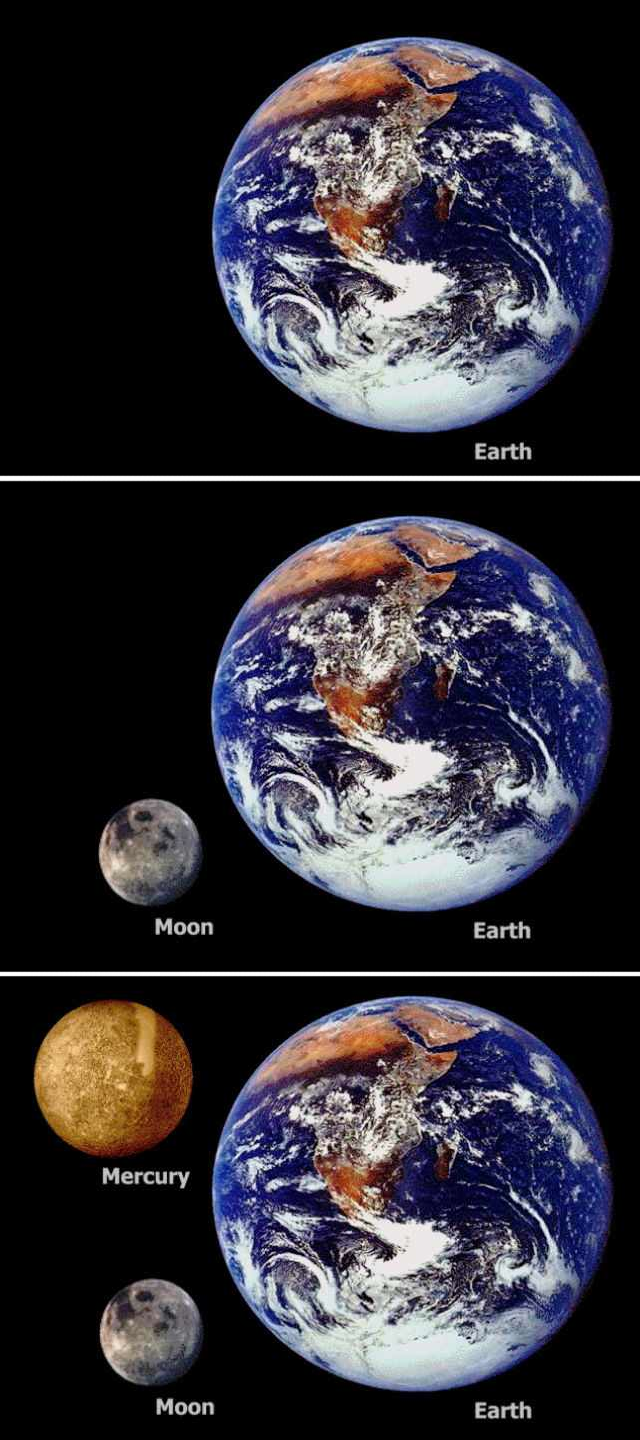
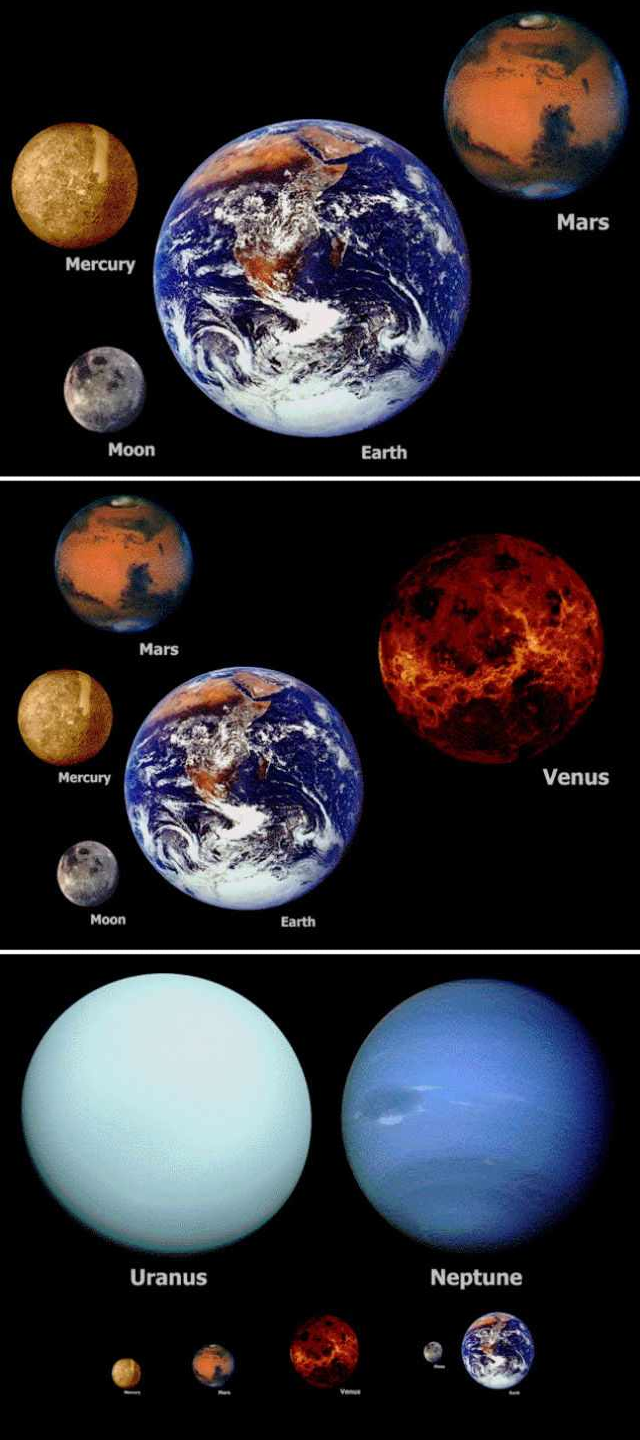
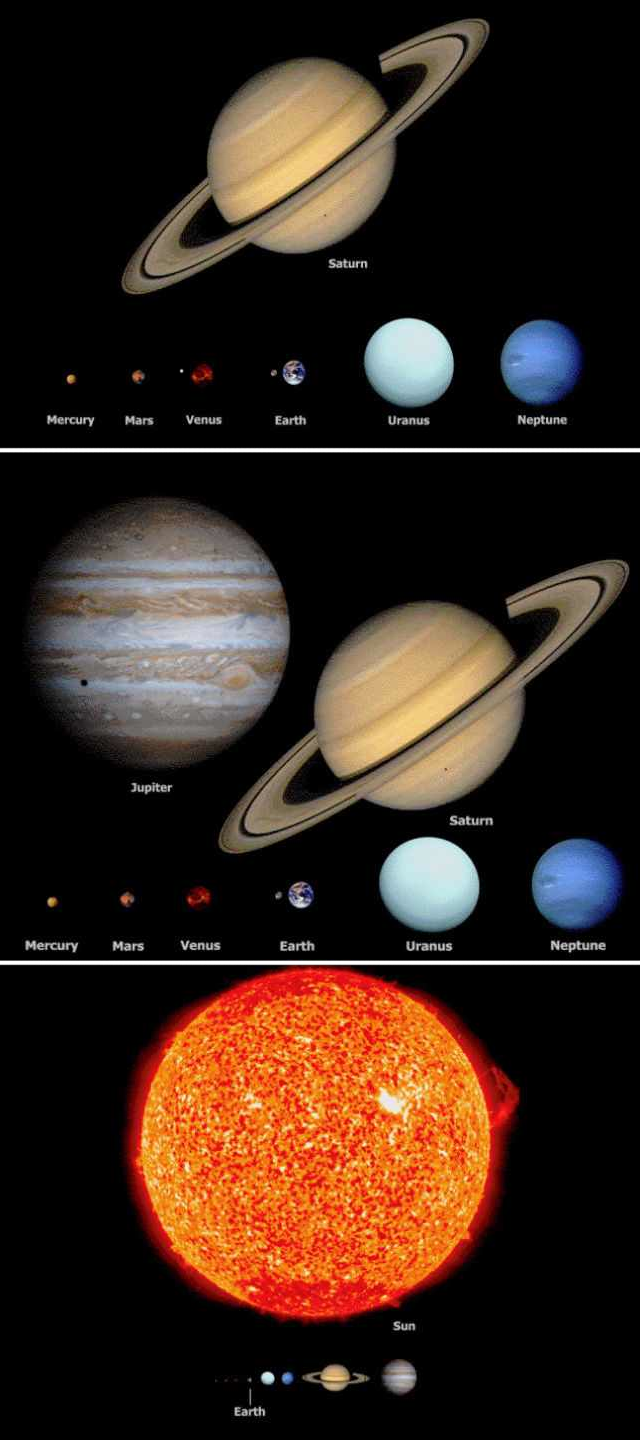
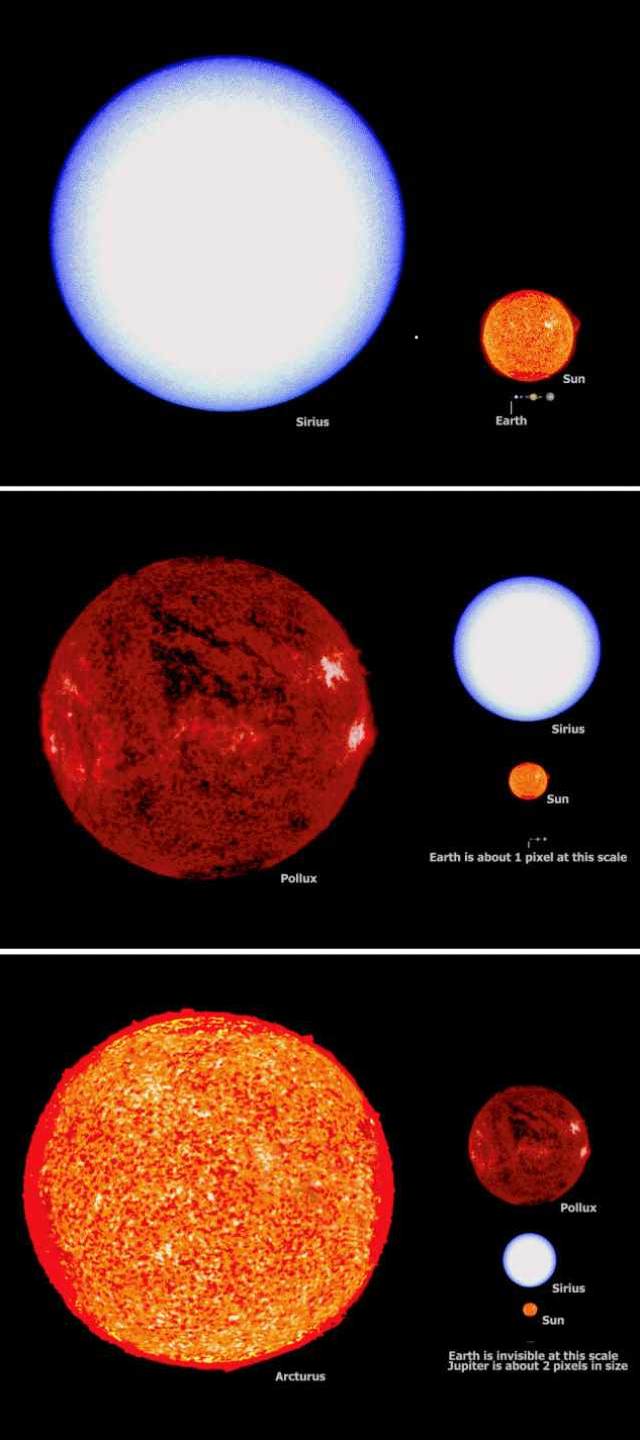



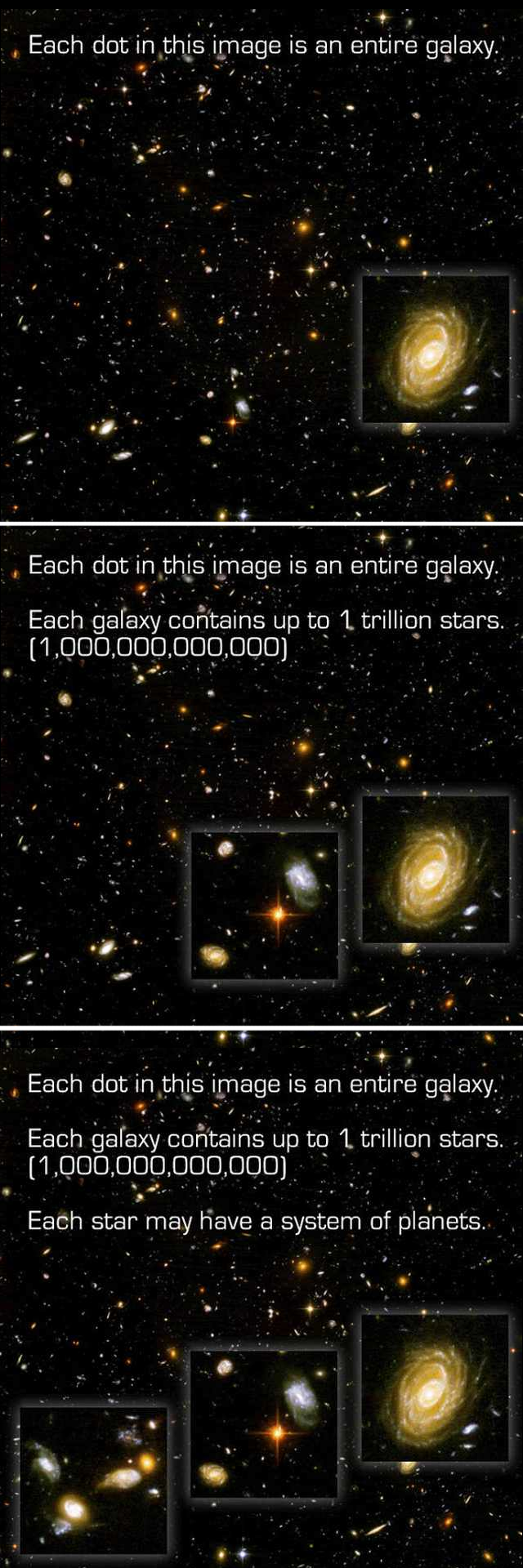





-
 zeroed7 liked this · 1 year ago
zeroed7 liked this · 1 year ago -
 astridcortes liked this · 1 year ago
astridcortes liked this · 1 year ago -
 royalnessmale reblogged this · 1 year ago
royalnessmale reblogged this · 1 year ago -
 royalnessmale liked this · 1 year ago
royalnessmale liked this · 1 year ago -
 1mikel2 liked this · 1 year ago
1mikel2 liked this · 1 year ago -
 jimmoworld liked this · 1 year ago
jimmoworld liked this · 1 year ago -
 misterlemonztenth reblogged this · 1 year ago
misterlemonztenth reblogged this · 1 year ago -
 misterlemonztenth liked this · 1 year ago
misterlemonztenth liked this · 1 year ago -
 chyen1223 liked this · 2 years ago
chyen1223 liked this · 2 years ago -
 faith-peace-positivity liked this · 2 years ago
faith-peace-positivity liked this · 2 years ago -
 nagasarennayoex reblogged this · 2 years ago
nagasarennayoex reblogged this · 2 years ago -
 nagasarennayoex liked this · 2 years ago
nagasarennayoex liked this · 2 years ago -
 kaerupunch reblogged this · 2 years ago
kaerupunch reblogged this · 2 years ago -
 marchenshark reblogged this · 2 years ago
marchenshark reblogged this · 2 years ago -
 anoldarm reblogged this · 2 years ago
anoldarm reblogged this · 2 years ago -
 anoldarm liked this · 2 years ago
anoldarm liked this · 2 years ago -
 unibarth reblogged this · 2 years ago
unibarth reblogged this · 2 years ago -
 kazzxz reblogged this · 2 years ago
kazzxz reblogged this · 2 years ago -
 kajiyan liked this · 2 years ago
kajiyan liked this · 2 years ago -
 ultrahsophilosoferrunaway liked this · 2 years ago
ultrahsophilosoferrunaway liked this · 2 years ago -
 nyanpiyopiyopiyo liked this · 2 years ago
nyanpiyopiyopiyo liked this · 2 years ago -
 borges-jr liked this · 2 years ago
borges-jr liked this · 2 years ago -
 never-finally-revealing reblogged this · 2 years ago
never-finally-revealing reblogged this · 2 years ago -
 omgspinneruniverse reblogged this · 2 years ago
omgspinneruniverse reblogged this · 2 years ago -
 96isn reblogged this · 4 years ago
96isn reblogged this · 4 years ago -
 worldart1 liked this · 6 years ago
worldart1 liked this · 6 years ago -
 somthin1236 liked this · 6 years ago
somthin1236 liked this · 6 years ago -
 vlinder1973 reblogged this · 6 years ago
vlinder1973 reblogged this · 6 years ago -
 vlinder1973 liked this · 6 years ago
vlinder1973 liked this · 6 years ago -
 truncar liked this · 6 years ago
truncar liked this · 6 years ago -
 preciousvixxen-blog liked this · 6 years ago
preciousvixxen-blog liked this · 6 years ago -
 magpie-brain reblogged this · 6 years ago
magpie-brain reblogged this · 6 years ago -
 wolfmecks liked this · 6 years ago
wolfmecks liked this · 6 years ago -
 patchestheecat reblogged this · 6 years ago
patchestheecat reblogged this · 6 years ago -
 labyrinthosthanatospsychopompos reblogged this · 6 years ago
labyrinthosthanatospsychopompos reblogged this · 6 years ago -
 labyrinthosthanatospsychopompos liked this · 6 years ago
labyrinthosthanatospsychopompos liked this · 6 years ago